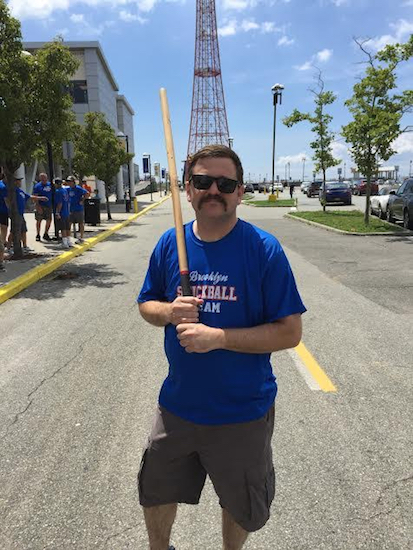‘Broomsticks’ reign supreme in Brooklyn
Borough’s Stickball Day Celebrated at Coney Island’s MCU Park

Last Sunday was officially declared Stickball Day in Brooklyn, U.S.A. by Brooklyn Borough Hall.
The only problem was, on my way to Coney Island’s MCU Park, home of the Brooklyn Cyclones, I didn’t see a single kid on any block wielding a broomstick or a “spaldeen,” nor did I witness a game of wiffle ball or hopscotch or box ball or stoop ball or off-the-wall, or any of the various games my friends and I would play from early morning to dusk on various blocks in and around Bay Ridge during the long, hot summers of my youth.

Brooklyn Boro
View MoreNew York City’s most populous borough, Brooklyn, is home to nearly 2.6 million residents. If Brooklyn were an independent city it would be the fourth largest city in the United States. While Brooklyn has become the epitome of ‘cool and hip’ in recent years, for those that were born here, raised families here and improved communities over the years, Brooklyn has never been ‘uncool’.